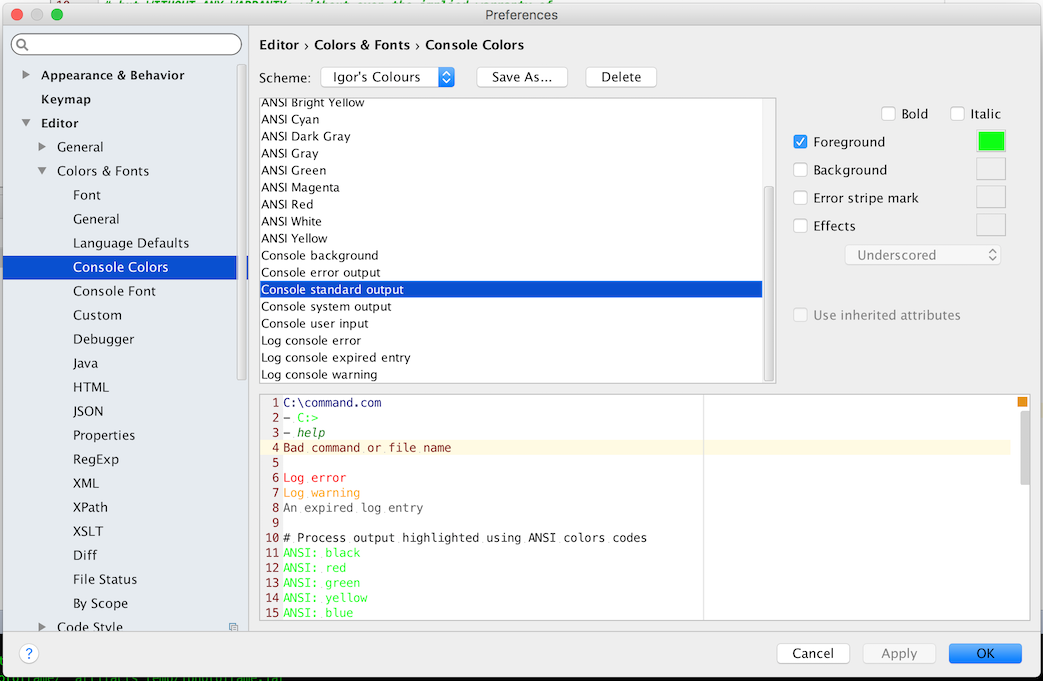

In the directory structure above, the pom.xml file, also known as the Maven configuration file is the heart of a Maven project. The preceding archetype:generate command uses the maven-archetype-quickstart template to create a basic Maven project containing a pom.xml file, a App.java class, and a AppTest.java test class in the following directory structure. Mvn archetype:generate -DgroupId= -DartifactId=unittest -DarchetypeArtifactId=maven-archetype-quickstart -DinteractiveMode=false Open up a command prompt (Windows) or a terminal (*uix or Mac), browse to a working directory to setup the project, and execute the following command.Download and install Maven if you haven’t done yet.Without going into Maven in depth, let’s start our first JUnit test with Maven. Unit testing is one such feature, which is incorporated as a test phase in the Maven build lifecycle. But, in addition to its capability to build deployable artifacts from source code, Maven provides a number of features for managing the software development life cycle. You’ve likely heard Maven being referred as a build tool. We will start with Maven, and then move to IntelliJ. But in this post, we will learn how to perform unit testing in the real programmer’s way. The core JUnit framework comes in a single JAR file, which you can download, point the classpath to it, and then create and run tests. In this post, we will start by creating and executing a basic unit test, and then in further posts move to specific unit testing aspects. In this series of posts we will focus on unit testing with JUnit – one of the most popular framework to test Java code. Other types of testing, such as integration and functional testing have their own roles in testing software. Unit testing is not the only type and it alone cannot handle all testing aspects. If the unit under test have external dependencies, such as an external data source or a Web service, the dependencies are replaced with a test implementation or a mock object created using a test framework. Unit tests are not done on the production system but as isolated units. The objective is to check if the unit of the software, for example a public method of a class under test, behaves as expected and/or returns the expected data. In most cases, you as a programmer are responsible to deliver unit tested code. Unit testing is the first level of testing software where you write test code that executes a specific functionality in the code to be tested.


 0 kommentar(er)
0 kommentar(er)
